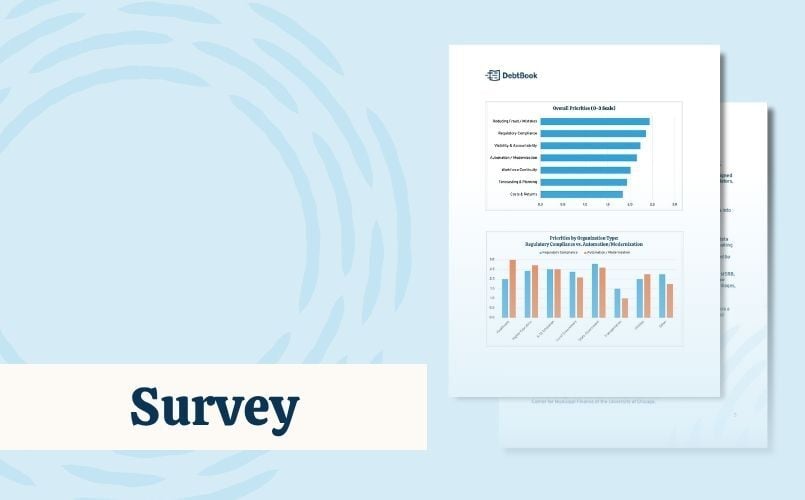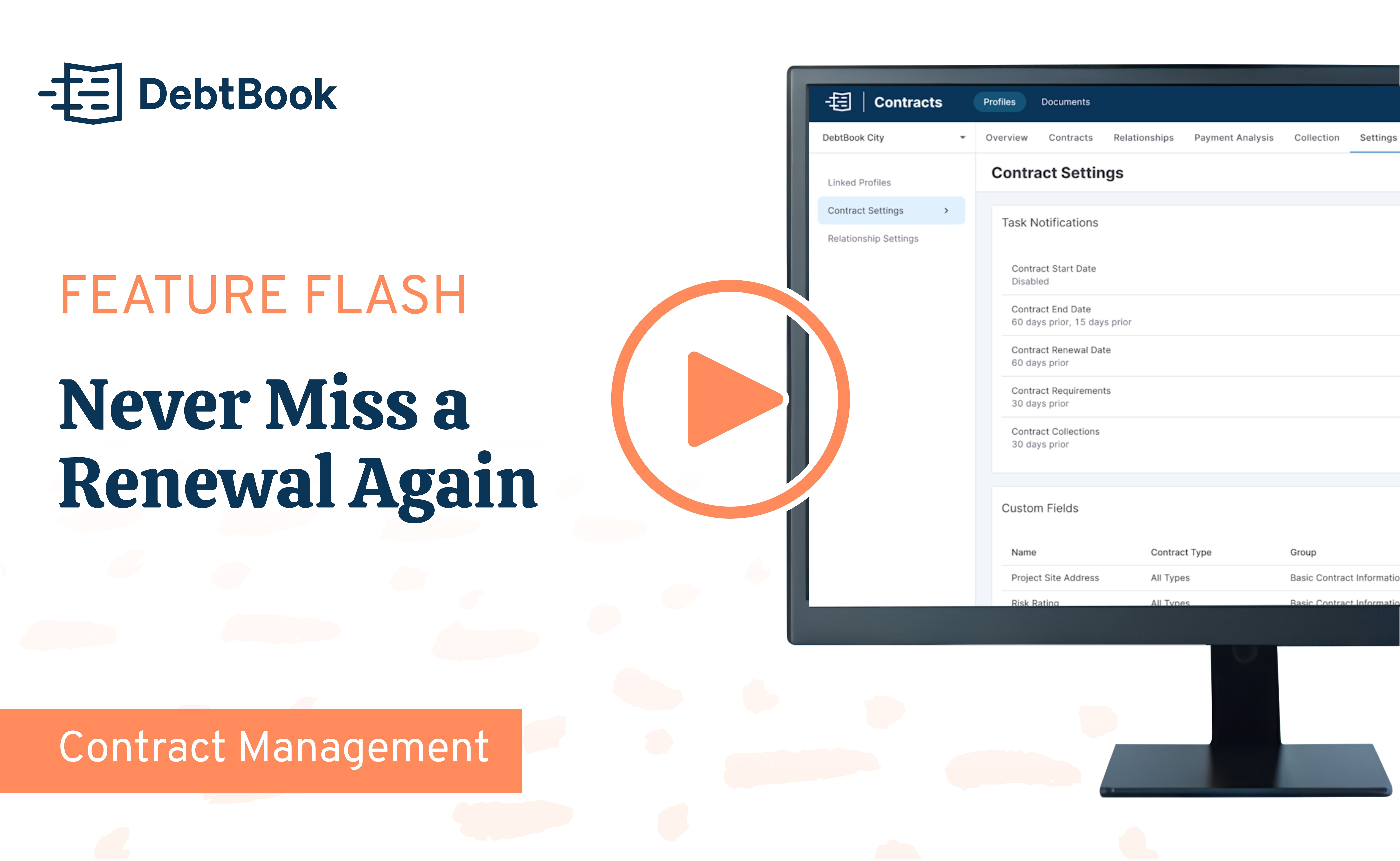When an organization borrows money, the lender often requires some form of security to ensure the borrower repays the loan and fulfills its other commitments under the loan documents.
Public sector borrowers generally secure their financings within one or more of the following types of collateral:
- General Revenues
- Specific Revenues
- Financed Assets
Read ahead to learn more about each type of security and how it works.
1. General Revenues
Governmental organizations (e.g., cities, counties, school districts, etc.) often promise lenders that they will repay their debt obligations by pledging their “full faith and credit,” which is essentially the unit’s legal right to levy and collect taxes in the future.
Bonds backed by a unit’s taxing power are typically referred to as “general obligation bonds,” and because the unit may be forced to raise taxes to repay the debt, general obligation bonds usually require special voter approval. Lenders typically view general obligation bonds as carrying the lowest risk of default, which means general obligation bonds are typically the cheapest way for governmental units to finance their capital needs.
Many public sector borrowers, like universities, healthcare systems, and other nonprofits, don’t have the power to levy taxes. For those borrowers, their most cost-effective borrowing option is typically a “general revenue bond,” which is supported by a commitment to repay the bond from any legally available source or revenue stream.
For example, a private university that issues a general revenue bond to finance a new dorm must use all available revenues and resources to repay the debt, not just the revenues attributable to the new dorm. The pledge of a broader and more diversified “basket” of revenues lowers risk to the lender and results in a lower cost of funds.
2. Specific Revenues
Rather than pledging their general taxing power or a broad basket of future revenues, borrowers may decide to secure their debt by pledging specific revenue streams. T
he revenues may be linked to particular categories of taxes or fees (i.e., hospitality taxes, sales taxes, or assessments within a special service district) or they may be linked to revenues generated by a certain enterprise system or project, like a stormwater system or a new stadium.
The name or designation given to these bonds usually indicates the specific revenues pledged: think water and sewer system revenue bonds, airport revenue bonds, or student housing revenue bonds.
The bonds may also include the word “limited” or “special” in their name to alert investors that the bonds are backed by a limited universe of revenues rather than the borrower’s future taxing power or top-line revenues.
Because they’re backed by a more limited revenue pledge, revenue bonds are typically rated one to three notches below the borrower’s general obligation (or general revenue) bond rating.
The slightly higher risk usually means a slightly higher interest rate, but many governmental units find revenue bonds useful because they generally don’t require voter approval, making them easier and quicker to issue.
Borrowers may also view them as an effective way to manage risk or to preserve their debt capacity for important, non revenue producing projects like streets or libraries.
The credit strength (and resulting interest rate) for a revenue bond will depend in large part on the bond’s debt service coverage ratio, which is a simple ratio used to compare the amount of pledged revenues generated over time to the debt service due during that same period, as summarized below:
Revenues Available to Pay Debt Service / Debt Service
Here is a simple example:
Your organization financed a parking garage, which is payable solely from the parking fees generated by the garage. In fiscal year2021, the parking garage generated $200,000 in revenue, compared to the $80,000your organization spent on salaries and other expenses required to operate and maintain the garage.
That means the garage generated $120,000 in net revenue(gross revenue – expenses) for your organization in FY2021. If your organization owed $60,000 in debt service on the parking garage loan, your debt service coverage ratio for the year would have been 2.0x, meaning the garage generated net revenues that were twice as much as the required debt service.
$120,000/ $60,000 = 2.00x
All else being equal, a higher coverage ratio generally means more operating margin for the borrower, less risk to the lender, and a lower interest rate on the debt.
3. Financed Assets
Finally, borrowers may secure their debt with the assets they are financing. In practice, these loans are structured similarly to your car loan or mortgage—if the borrower fails to repay the loan when due, the lender can foreclose on the financed asset, but it generally can’t seize other assets or capture future revenue streams.
Because the lender or investor must then sell the asset to recover its losses, the strength of the credit is highly correlated to the nature of the asset.
How important is the asset to the borrower, and how valuable and marketable would the asset be to a third party? The more important the asset is to the borrower, the less likely they are to default on the loan and walk away from the asset.
On the other hand, if the asset would not be marketable to a third party, the less likely the lender is to recover their losses in the event of default.
Understanding the nature of the loan and the collateral pledged to secure has important implications for a borrower’s cost of funds and its ability to manage its debt strategically.
Often, borrowers use a variety of strategies and financing options to meet their capital needs, meaning they need effective tools to monitor payment obligations across multiple financing vehicles, sources of repayment, collateral types, and projects.
Read “What is Debt Management Software?” to learn more about how treasury management software can be used to centralize and streamline debt management processes, improve accuracy and confidence in the data, and collaborate more easily and effectively with internal and external teams.
Disclaimer: DebtBook does not provide professional services or advice. DebtBook has prepared these materials for general informational and educational purposes, which means we have not tailored the information to your specific circumstances. Please consult your professional advisors before taking action based on any information in these materials. Any use of this information is solely at your own risk.






.jpg)
